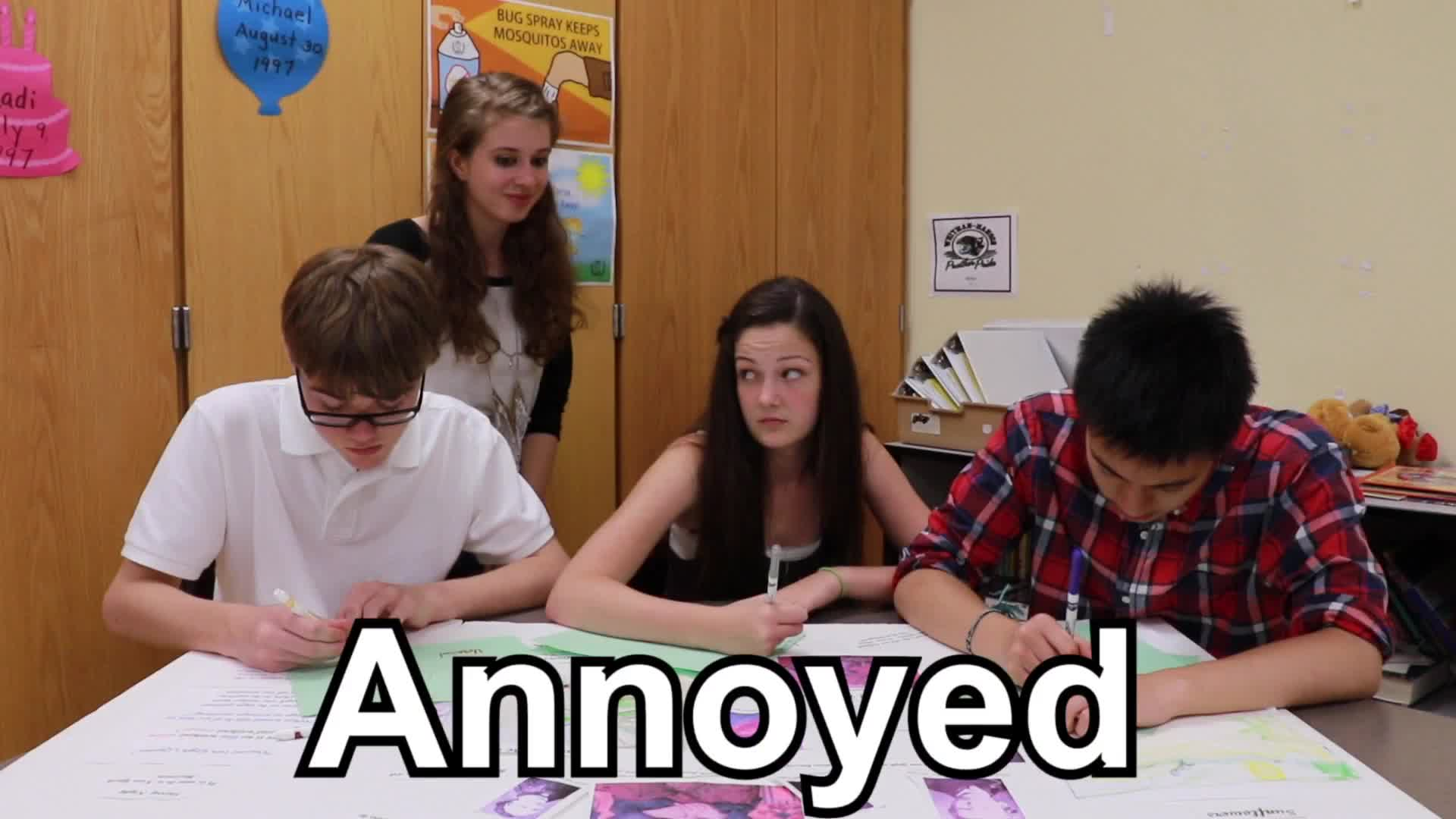Introduction
As educators, we understand the importance of social-emotional learning (SEL) in the development of our students. One essential skill that middle school students need to learn is how to join a group at the right time. In this blog post, we will discuss an easy-to-implement, no-prep activity that will help students recognize the appropriate time to join a group. We will also provide discussion questions to further stimulate conversation on this topic and mention related skills for students to develop.
No-Prep Activity: Group Observation
This activity requires no preparation or materials from the educator. To begin, have students form groups of four or five. Instruct each group to engage in a short conversation about any topic they choose. After a few minutes, ask one student from each group to leave their group and stand a short distance away. These students will now observe their original group.
As the remaining students continue their conversation, the observers should pay close attention to the body language and facial expressions of the group members. After a few minutes, instruct the observers to rejoin their group when they feel it is the right time. Once all observers have rejoined their groups, ask the students to share their experiences and discuss the clues they used to determine the right time to join the group.
Discussion Questions
- What body language or facial expressions did you notice that indicated it was a good time to join the group?
- How did it feel to observe the group from a distance? Did you feel more confident about joining the group at the right time?
- Why is it important to consider the right time to join a group? How can joining a group at the wrong time affect the group’s dynamic?
- What strategies can you use in the future to determine the best time to join a group?
- How can you apply what you’ve learned about joining a group at the right time to other social situations?
Related Skills
There are several related skills that middle school students can develop to improve their social-emotional learning. Some of these skills include:
- Active listening: Paying attention to what others are saying and showing genuine interest in their thoughts and feelings.
- Empathy: Understanding and sharing the emotions of others, which can help in forming strong connections and friendships.
- Respect for personal space: Recognizing and respecting the personal space and boundaries of others.
- Effective communication: Clearly expressing one’s thoughts and feelings, asking questions, and engaging in open and honest conversations.
Next Steps
Teaching students the skill of joining a group at the right time is an essential part of their social-emotional learning. We encourage you to try the no-prep activity and discussion questions in your classroom to help your middle school students develop this crucial skill. For more resources on teaching SEL skills, be sure to sign up for free samples at Everyday Speech, where you’ll find a wealth of materials to support your students’ growth and development.






